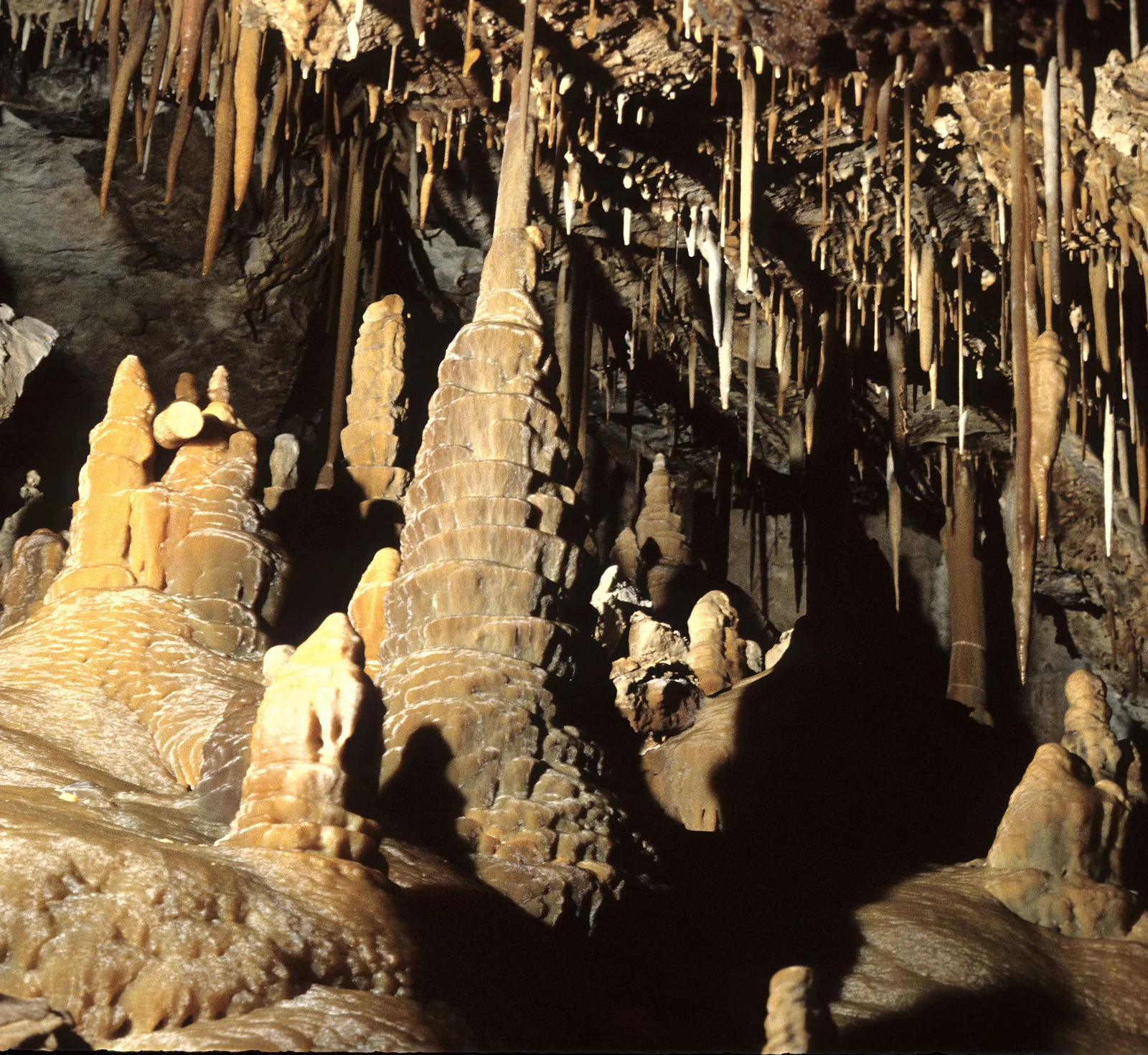Fort Stanton-Snowy River Cave National Conservation Area
The Fort Stanton - Snowy River Cave National Conservation Area (NCA) was established in 2009 to protect, conserve, and enhance the unique and nationally important historic, cultural, scientific, archaeological, natural, and educational subterranean cave resources of the Fort Stanton - Snowy River Cave system.
The NCA was once known as the Fort Stanton Military Reservation. In 1855, the U.S. Army established Fort Stanton as an Infantry and Cavalry post in the east-central New Mexico Territory to protect settlers in the region.
Within the NCA is Fort Stanton Cave, at over 31 miles, it is the second longest cave in New Mexico, the 14th longest cave in the U.S., the 62th longest in the world, and the largest cave managed by the BLM.
Snowy River is a significant passage within Fort Stanton Cave, and is the longest cave formation in the world. Today, approximately 15 miles of previously unknown passage have been mapped, without reaching the end. View Fort Stanton-Snowy River NCA photos here.
Cross-country horse and foot travel is allowed within the conservation area. Trails are marked with flexible fiberglass markers with the trail name or an arrow attached to the marker. Mountain bikes are strongly encouraged to stay on established trails to protect the rider as well as the landscape. The trails offer great views of the surrounding Sacramento and Capitan Mountains. The majority of the trails start at the equestrian trailhead on NM 220 where you will find hitching rails, water for your animals, and a vault toilet.
Interactive and printable trail maps are available via the Bureau of Land Management/Fort Stanton-Snowy River NCA website.
Don't miss the Petroglyph Trail along the Rio Bonito. At the midpoint of the trail, in the river bed, is Petroglyph Rock. Etched on this rock are depictions of an ancient people known as the Jornada Mogollon who have long since left the area. Very little evidence has stood the test of time, but here on the Petroglyph Trail remains a link to the culture and lifestyle of these ancient people.



